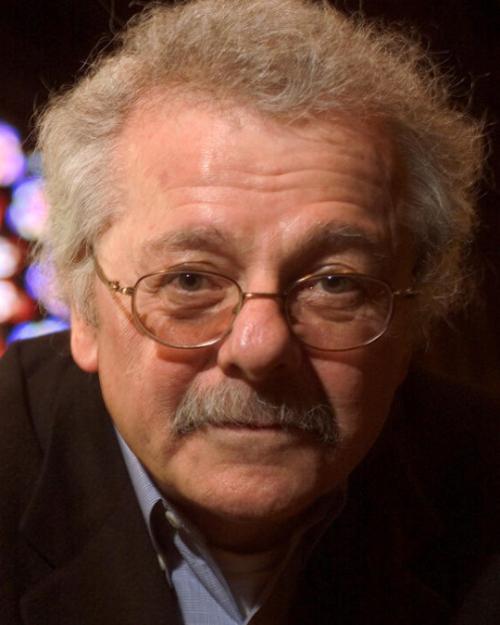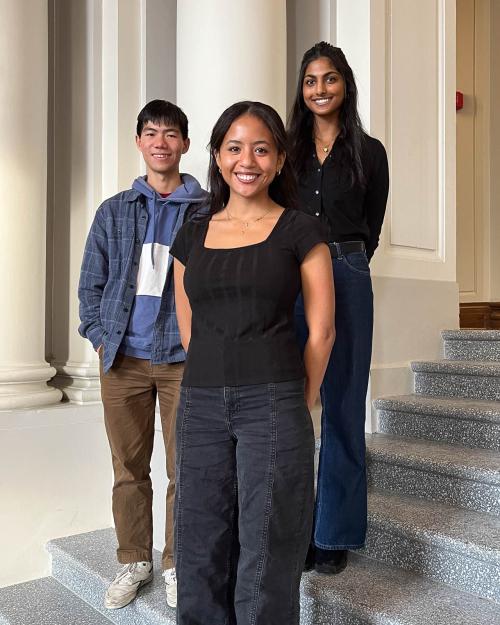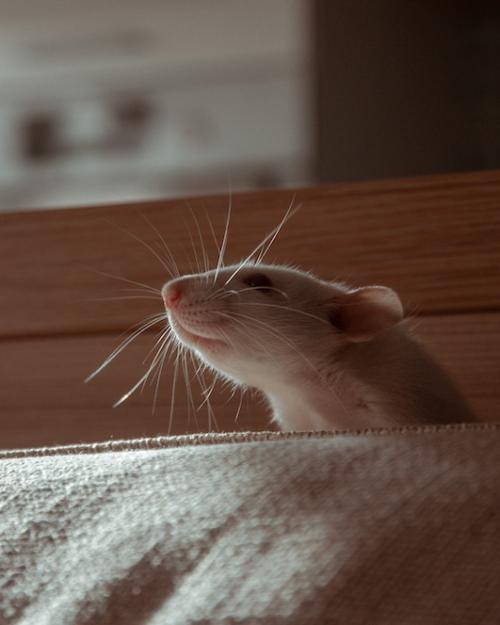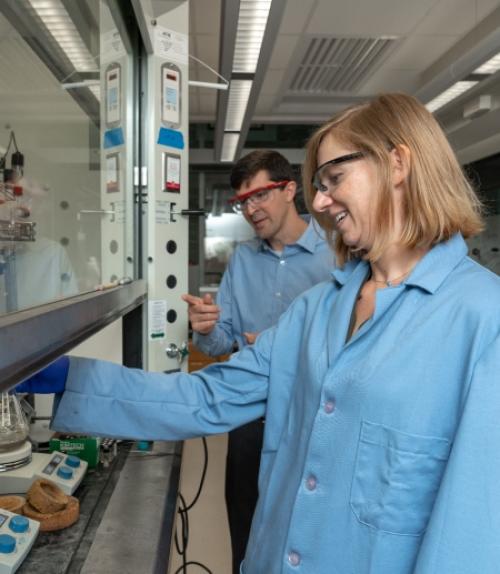“Plastics are ubiquitous in our environment,” says Erin E. Stache, Cornell Presidential Postdoctoral Fellow, in a recent story on the Cornell Research website. “We use them in just about everything: in our water bottles, our coffee cups, the cars we drive. They’re an important part of our everyday life. And so the synthesis of these materials and how we go about making them is very important.”
Stache has come to Cornell as part of the first wave of Cornell Presidential Postdoctoral Fellows to work with Brett P. Fors and Geoffrey W. Coates, in the Department of Chemistry and Chemical Biology, on new techniques for creating plastics.
Plastic is a type of polymer, consisting of many repeating smaller molecules called monomers. “As you string the monomers together, the polymer begins to grow and you make a macromolecule,” Stache explains. “This macromolecule starts to take on new properties different from the properties of the monomers. By controlling the sequence of the monomer you’re using and the size of the polymer, you can begin to dictate the function that the resulting material will have.”
Read the entire article on the Cornell Research website.




